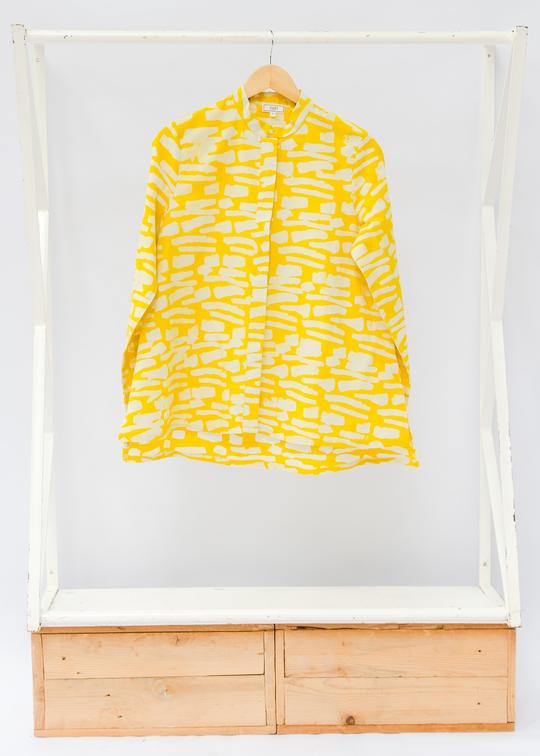
PROCESS
EXAMINING FABRIC AND CUTTING
Before dyeing starts, the raw material is examined for holes, lumps and other undesirable effects identified on the fabrics. If such effects are present on the raw material, its is put aside and replaced. Such effects reduce the quality of the product. The fabrics are also cut into 6yards per fabrics for dyeing.

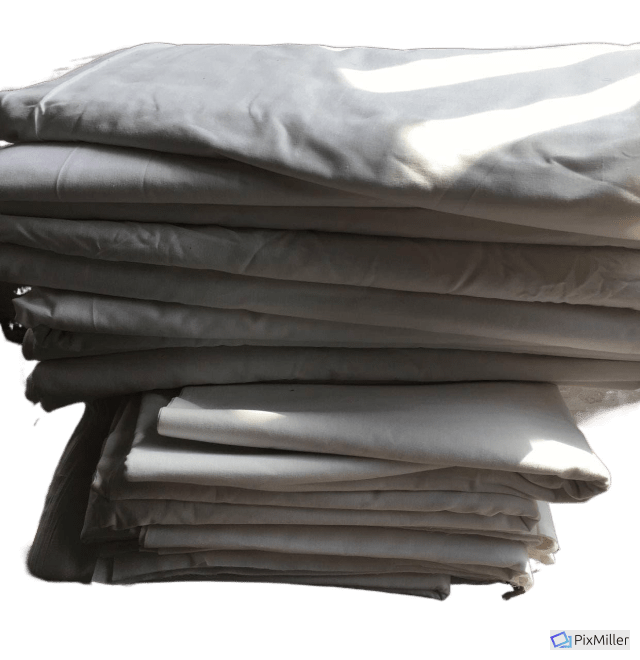
DYEING
The application of colour. Wax serving as a resist, the unwaxed areas will absorb the dye.
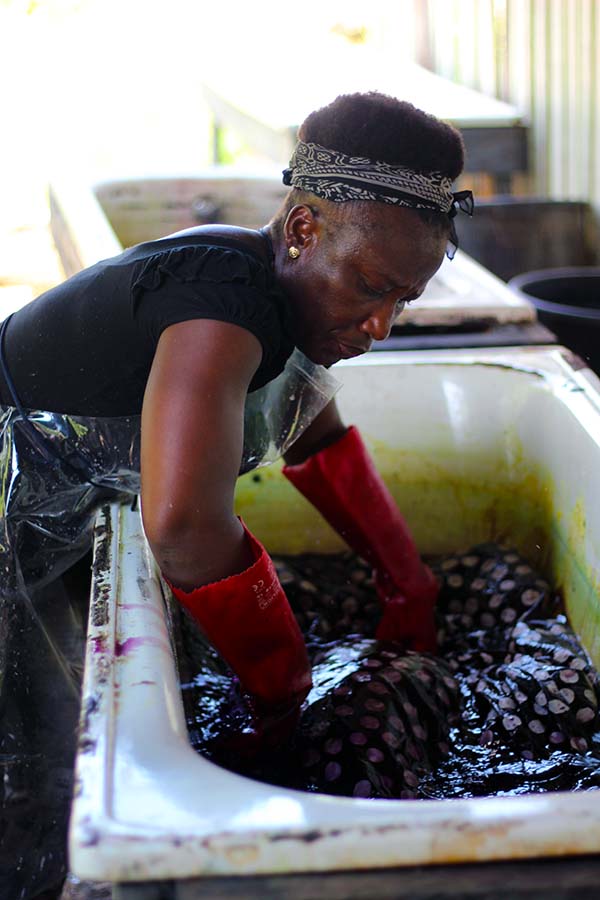

WAXING
Printing with designed block to create design. With specific placement of block already decided on.
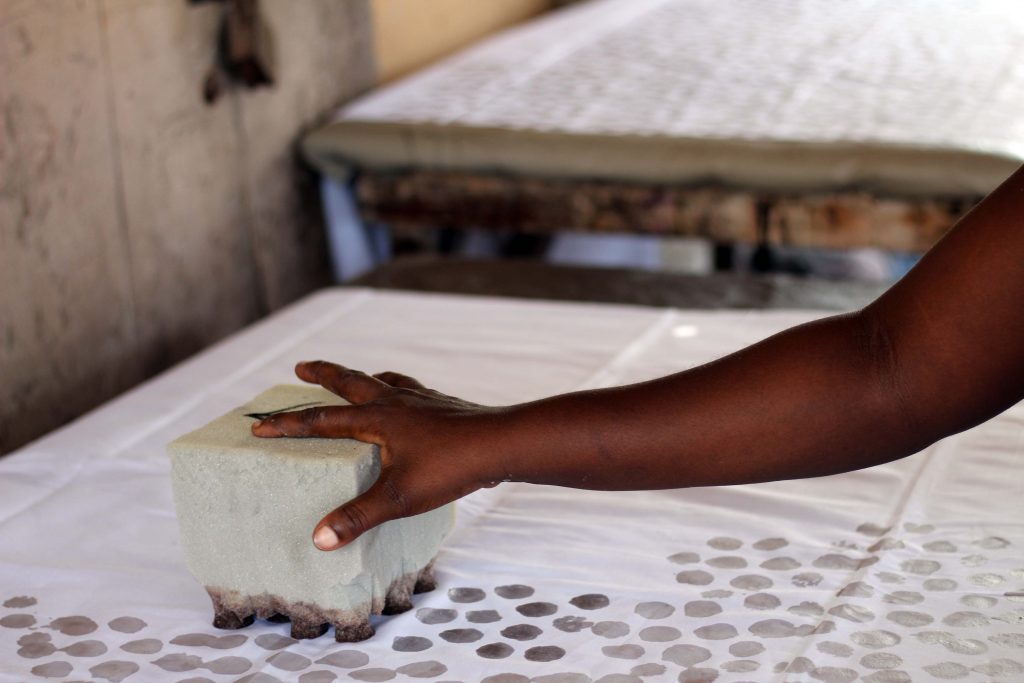
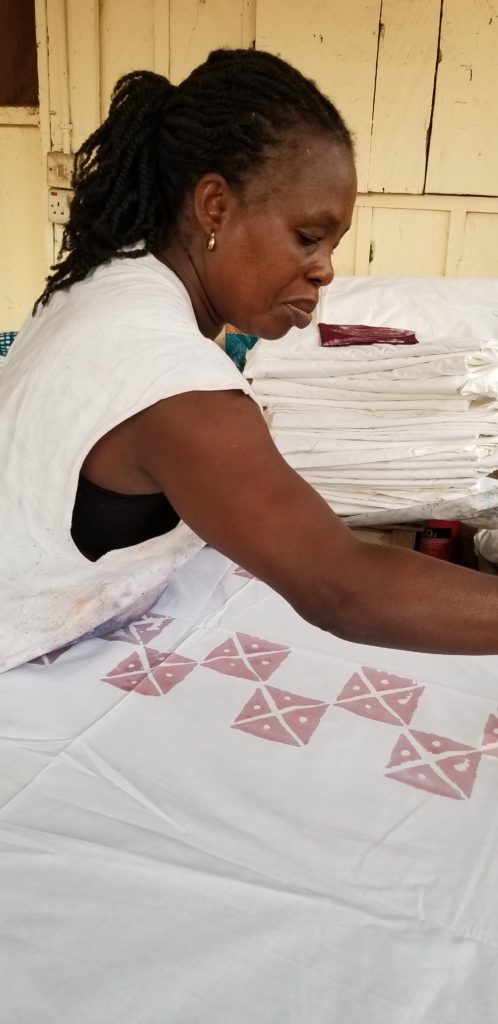
FIXING BY OXIDATION
By hanging fabric for colour to develop.
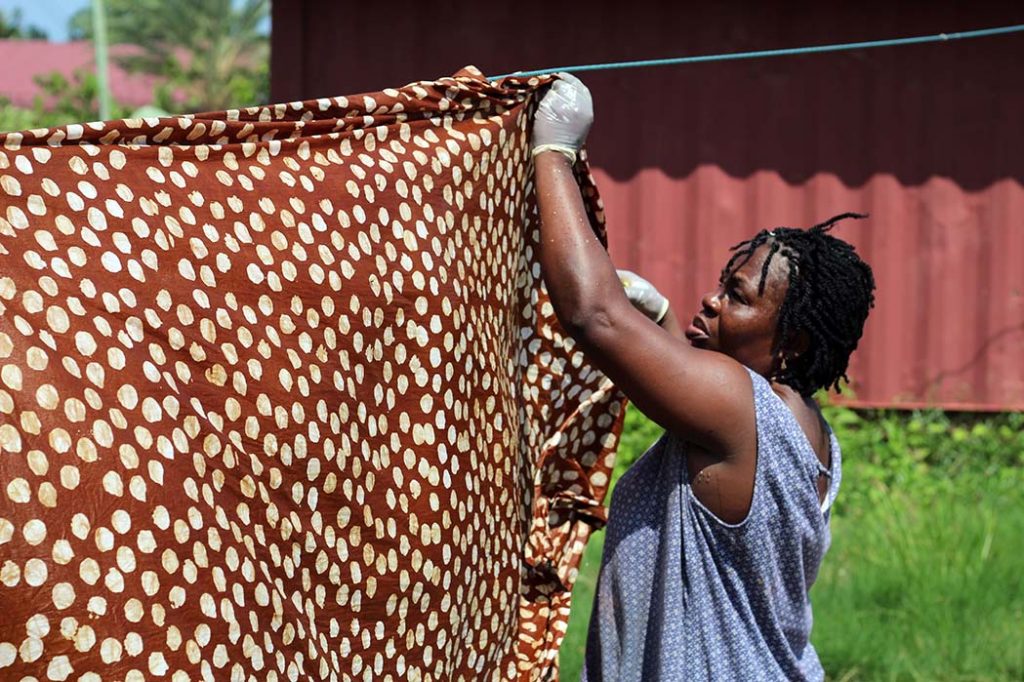
DRYING
If another colour is desired fabric has to dry and above procedure repeated. If not, fabric moves to next step.
DEWAXING
If no second colour is required, continue this from process after step 2. This is the process of removing wax from the fabric by immersing in hot boiling water and scouping wax out of dewaxing port to leave fabric showing design.

CLEANING
Rinsing with soapy water to remove excess dyes and any foreign material that may be attached to the fabric.
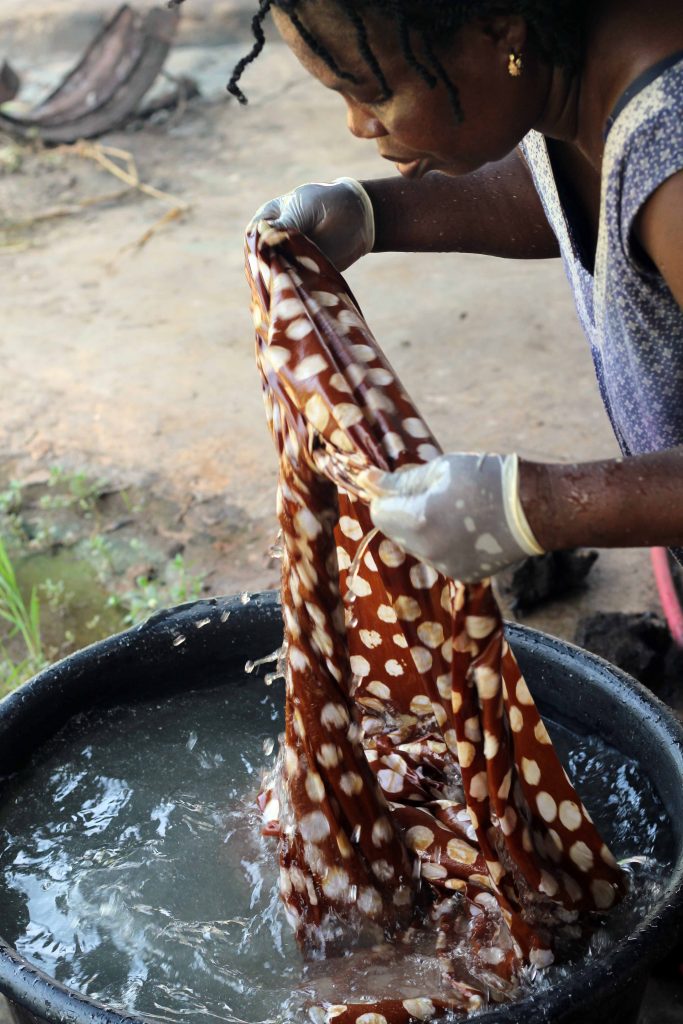
FINISHING
Ironing and folding fabric or preparing it for products or for sale as fabric.
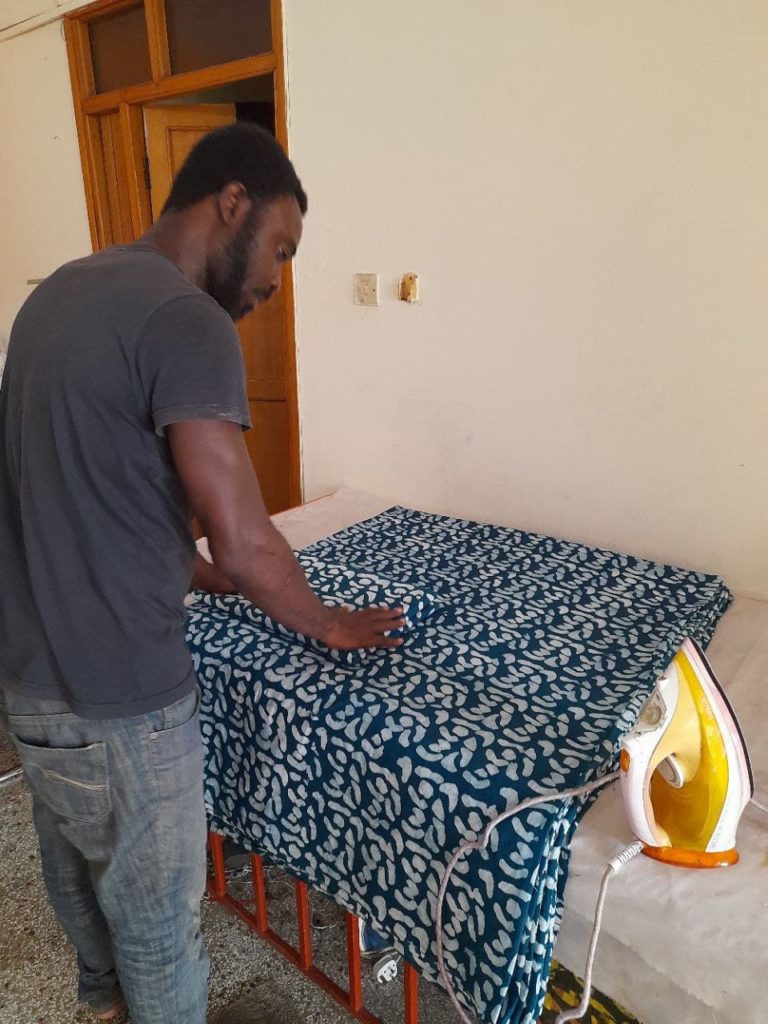
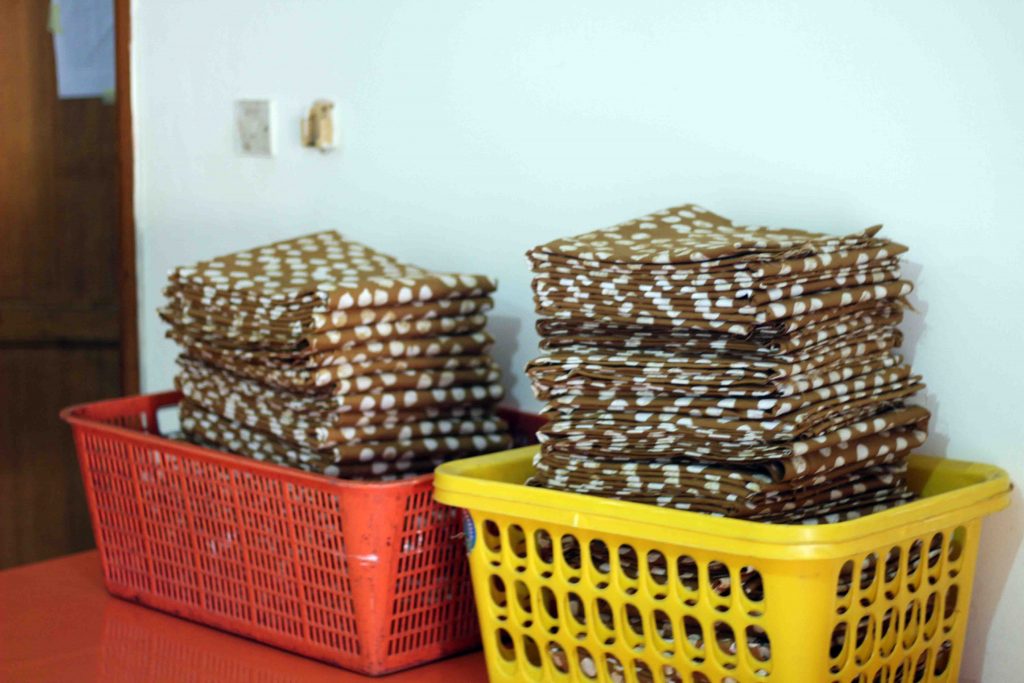
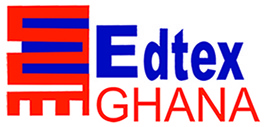

Facebook Comments